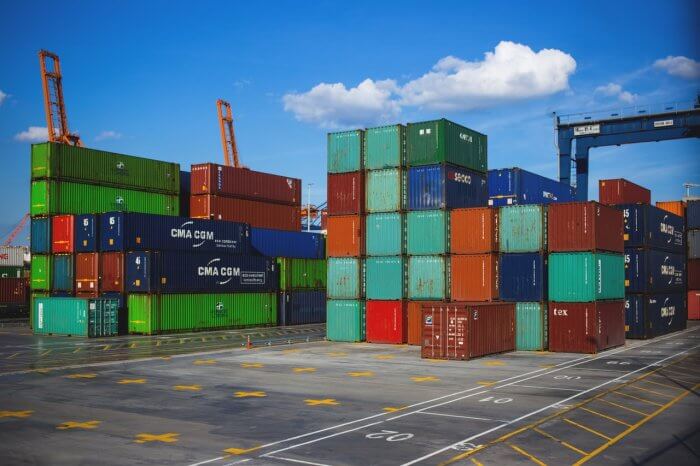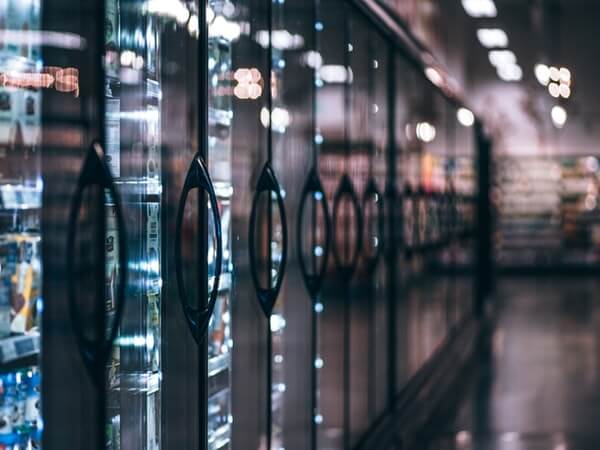
Cold storage rooms (or warehouses) are used for the safe storage of goods such as foodstuffs, pharmaceuticals, chemical products and electronics. The requirement to maintain the correct ambient temperature for the stored goods is essential to ensure their safety and longevity.
The other essential requirement concerns the safety and productivity of the machinery and staff working within the area as these also need a certain ambient temperature to ensure safe and efficient working practices.
The costs involved when foodstuffs, in particular, are spoiled due to incorrect storage can be ruinous. Our tips on keeping and improving your cold storage facilities could help you avoid the pitfalls.
Use the Right Equipment to Cordon off Your Cold Storage
When you need to separate the cold storage area from the rest of your work premises you need to use a multi-purpose barrier such as sliding PVC curtains. Most PVC curtains allow for ease of movement through them, but in certain circumstances, you may need to completely move them out of the way, for instance, to allow a large solid object to pass through. This is where sliding PVC curtains are most useful as they act rather like domestic vertical blinds in that you can slide the whole curtain entirely out of the way in one movement. In this way, you can avoid damage to whatever item is passing through.
Reduce the Need for Floorspace
Keeping a cold storage area at the correct temperature is expensive, and the cost rises the larger the area you have to cool. Rather than spreading stored products over a large area of floor space consider using a high-density pallet rack system to create a smaller footprint. This can increase your storage capacity while at the same time reduce your energy costs. Smaller space equals lower costs.
Control Humidity
Uncontrolled humidity can be a big problem in cold storage areas and can increase costs significantly. Ice and condensation can cause damage to equipment and can spoil stored products. Condensation can be caused by temperature fluctuations, and this can result from something as simple as workers repeatedly entering and leaving the cold storage area or by leaving doors and windows open. Make sure all staff are aware of the risks and if possible restrict the number of personnel allowed to enter the area.
Maintenance and Cleaning
In order to keep operating at maximum efficiency a cold storage area and the equipment within needs to be regularly cleaned and maintained. This means that the whole building should be given a thorough inspection on a regular basis which you can do alongside any risk assessments. Start with the roof and ceiling and work downwards looking for any signs of damage like missing tiles (interior and exterior) and any blockages to vents. Check the ceiling, walls and floors for any cracks or damage which could let outside air in and cooled air out. Not only can this cause mould to form it can also affect your running costs.
Next check all doors (including fridge and freezer doors) and windows to ensure they are properly fitted with no gaps or cracks and paying particular attention to door seals and gaskets.
Clear any debris from all fans and condenser units to maximize airflow and thus maximizing cooling efficiency.
Adhere to all maintenance contracts attached to your freezer and refrigeration units as these can start to lose efficiency without obvious immediate signs.
Ensure any PVC curtain systems are kept clean using appropriate cleaning methods as advised by the manufacturer and inspect them regularly for any damage. Replace as soon as possible any that appear damaged or that are not working properly.

